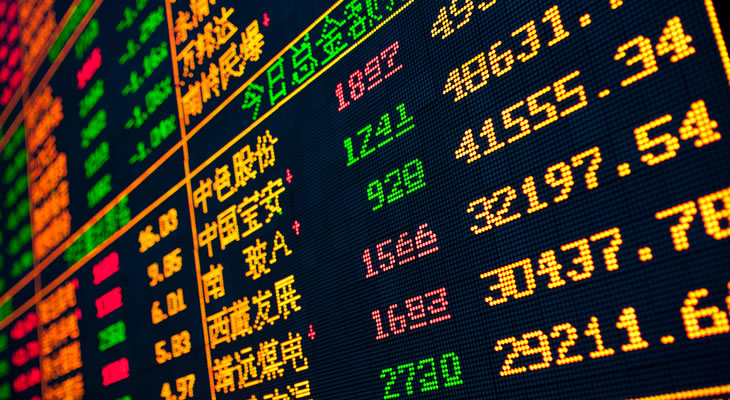Pound to Australian Dollar Exchange Rate Climbs on Weak Chinese Data
News that the US government was delaying some tariffs on US imports of Chinese goods only give the Australian Dollar (AUD) a brief boost. This morning, the Pound to Australian Dollar (GBP/AUD) exchange rate was climbing again.
While the Australian Dollar has avoided slumping to last week’s lows, it has still been highly volatile this week.
GBP/AUD opened this week at 1.7717, and after a jump on US-China trade tensions at the beginning of the week the pair tumbled again yesterday.
At the time of writing on Wednesday GBP/AUD was climbing once again as the ‘Aussie’ fell on fresh China uncertainties, and trended close to the level of 1.7800.
Pound (GBP) Exchange Rates Benefits from Doused Bank of England (BoE) Rate Cut Speculation
This morning saw the publication of Britain’s July inflation rate report. While not hugely influential amid lasting no-deal Brexit fears dominating the Pound outlook, the results did help Sterling (GBP) to climb slightly against a weak Australian Dollar.
Britain’s July inflation rate came in at 0.0% month-on-month and 2.1% year-on-year, slightly higher than the expected -0.1% and 1.9% respectively.
With UK price pressures rising rather than slowing, concerns that the Bank of England (BoE) could soon cut UK interest rates lightened.
Analysts are speculating that the BoE could even hike interest rates in the foreseeable future, but a cut is still possible. According to Richard Partington from The Guardian:
‘The Bank has said it could be forced to raise interest rates if Britain leaves the EU without a deal, saying the pound would plunge to drive up the cost of imports.
However, most analysts believe it would need to cut rates to support jobs and growth.’
Australian Dollar (AUD) Exchange Rate Slides with Australian Job Data in Focus
The Australian Dollar has been highly volatile in recent sessions, as both US-China trade tensions and the latest data influence movement in the antipodean currency.
News from China has also been heavily influencing AUD, due to China and Australia’s close trade ties.
Last night, investors bought the Australian Dollar in reaction to news that the US government had delayed some of the planned tariffs on US imports of Chinese goods.
However as only some tariffs were delayed, and China’s latest production and retail sales results disappointed investors, the Australian Dollar began to weaken again today. This was the primary cause of GBP/AUD’s gains this morning.
The Australian Dollar was unable to benefit much from this morning’s stronger than expected Australian wage price data, as investors are now anticipating the Australian job market report due tomorrow.
Pound to Australian Dollar (GBP/AUD) Exchange Rate Investors Await Australian Job Stats
The Pound to Australian Dollar (GBP/AUD) exchange rate has been trending with an upside bias due to US-China jitters pressuring the ‘Aussie’, but the pair could still see losses before the end of the week.
With Australia’s latest wage growth results coming in just slightly above expectations, they alone have not been enough to douse Reserve Bank of Australia (RBA) interest rate cut bets.
This is leaving AUD investors anticipating tomorrow’s key Australian job market report from July. If the job report beats forecasts as well, the Pound to Australian Dollar exchange rate is more likely to tumble.
The trade-correlated Australian Dollar would also remain unappealing if US-China trade tensions worsen again.
As for the Pound, tomorrow’s UK retail sales results could lead to fresh Pound to Australian Dollar (GBP/AUD) exchange rate losses if they disappoint, as this could worsen fears of a possible UK recession.


Comments are closed.